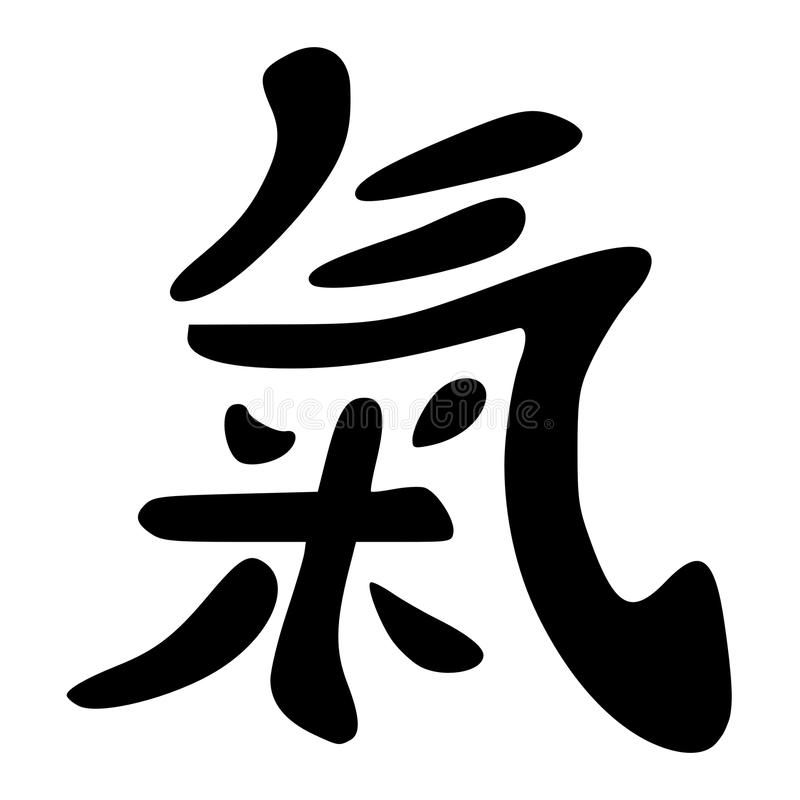Chinese Medicine Demystified Part 2 –
What is Qi?

by Scot | Sep 29, 2014 | Chinese Medicine |
If you’ve done any research at all on Traditional Chinese Medicine you’ve undoubtedly come across the word “Qi” (pronounced chee).
This is one of the central concepts of Chinese medicine and most frequently you will see it defined as “energy”. In relation to acupuncture many Chinese medicine practitioners will describe it as a mysterious energetic substance that flows throughout the body. According to these practitioners the purpose of Chinese medicine is to balance this “energy” within the meridian system.
The funny thing is that if you look up the word “Qi” in a Chinese dictionary you will not see this definition at all. The two most common definitions are “gas” and “air”. The Chinese character for “Qi” (shown at the top of this page) depicts a pot of rice boiling on a fire with the lid being lifted by steam. As I stated in my last blog the ancient Chinese obviously did not have the tools of modern science so they described function simply through what they could perceive with the five senses.
They could see that there were some things in the world that had function but no form. Wind, gas and steam are perfect examples of this. You can see the effects of the wind blowing but you cannot see the wind itself. Ancient Chinese physicians were doing surgery as well as dissection of cadavers as early as the second century AD and they could see that there was nothing physically different between the two. They surmised that there must be something intangible that they were missing in their observations. This is the genesis of the term “Qi”, which is most accurately translated as “vital air”.
Essentially “Qi” is the word that these ancient physicians used to describe function. This concept of “vital air” describes those aspects of the human body that are not readily seen by the naked eye. Oxygen, hormones, neurotransmitters and the nutrients that are carried in the blood as well as nerve conduction are all elements of “Qi”. These early practitioners of Chinese medicine beautifully, elegantly and successfully described the functioning of the various systems of the body using this metaphor of “Qi”.
So, where did this mistranslation begin? “Qi” was first defined as energy in the 1930′s by a French diplomat and scholar named George Soulie de Morant. If you use the classical physics definition of energy as “the ability to perform work” then this is actually not a bad translation. These functional aspects of the body are what turn flesh and bone into a living, breathing organism. The problem lies in the fact that it is often confused with the term “subtle energy” that is a part of energy medicine.
Chinese medicine is not an energy medicine.
It is a physical medicine that works by improving the flow of blood throughout your body as well as your brain’s ability to regulate normal function. It impacts your health through it’s effects on hormones, neurotransmitters and the immune system. It promotes the relaxation and healing of injured tissues and balances the function of your autonomic nervous system.
This concept of “Qi” , along with others such as Yin/Yang and the Six Environmental Forces, allows us to evaluate and diagnose dysfunction in the various systems of your body and treat them very successfully using the time proven techniques of acupuncture and Chinese herbal medicine.
“Qi” IS an essential concept in the practice of Chinese medicine and it informs the work that I do helping people like you recover their health, relieve stress and take charge of their lives.
